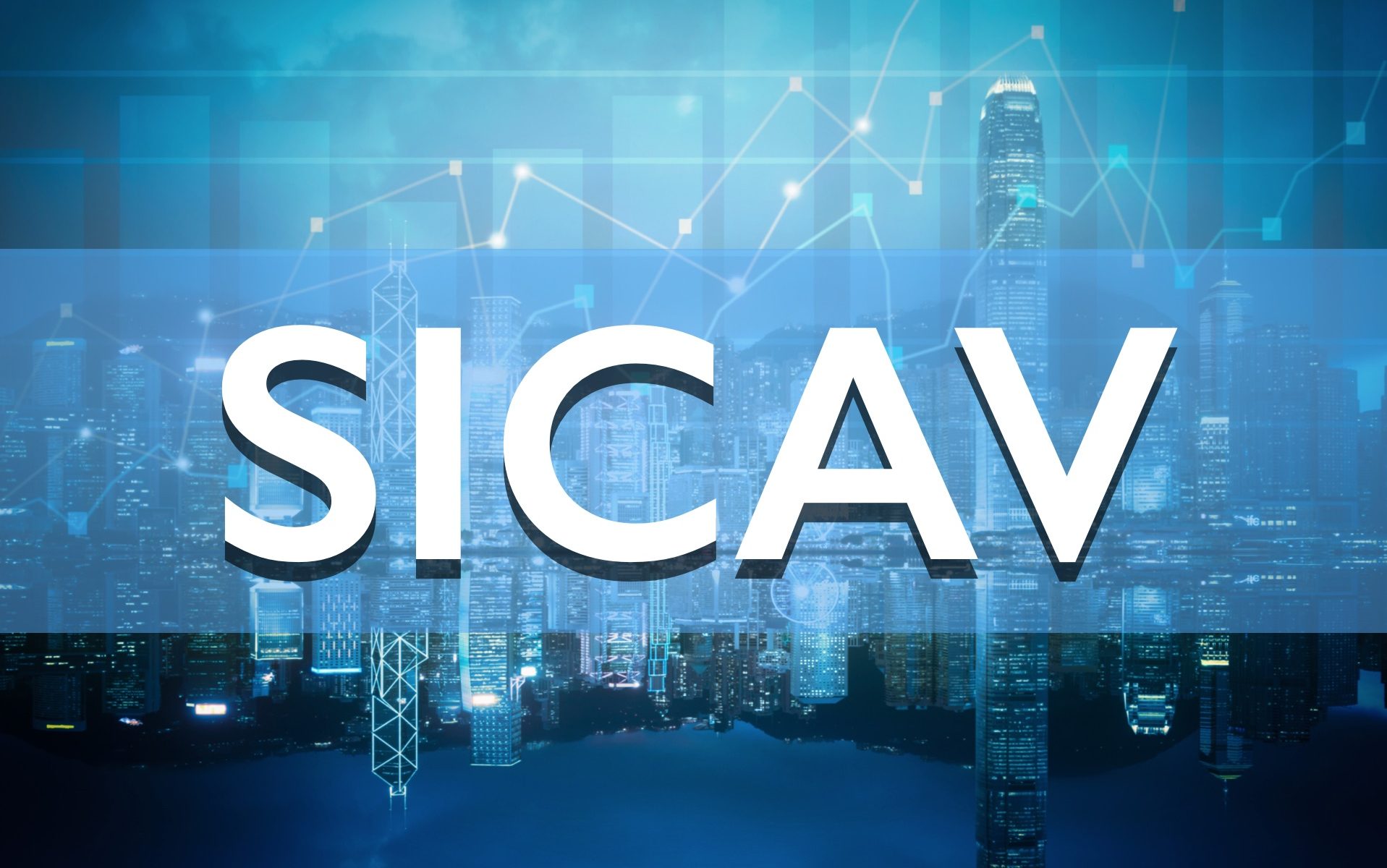What is a SICAV?
Are you interested in the world of investment but can’t get your head around all that financial jargon? myLIFE is here to help you decipher some of the different concepts and structures out there. Today’s topic: SICAVs.
UCITS (Undertakings for Collective Investment in Transferable Securities) are just one type of fund in Luxembourg. They are usually targeted at retail investors and most commonly take the form of a SICAV (Société d’Investissement à Capital Variable), i.e. an investment company with variable capital. Is this already giving you a headache? Don’t panic, we’re not going to confuse you with the technical aspects of funds or go overboard with acronyms.
A SICAV is quite simply a fund intended for anyone wishing to delegate management of their investments to a specialist, rather than spending too much time tracking the financial markets themselves. So, with a SICAV you don’t need to be an expert to be able to invest in the stock market.
How does it work?
A SICAV is a public limited company whose shares are offered to the public, and whose sole purpose is to invest in securities (or other liquid financial assets), spreading investment risks and allowing investors to benefit from the results of managing their assets. A SICAV’s share capital is always equal to the value of its net assets, hence the “variable capital” in its name. Regulated by the CSSF (Commission de Surveillance du Secteur Financier), it has a board of directors, a general meeting and shareholders (the investors). It may be independent or set up as a subsidiary of a bank or insurance company.
In practice, a SICAV collects money from different investors and passes it on to a professional fund manager, which invests it in securities (equities, bonds, etc.). By buying, selling or even swapping securities, this professional takes care of the fund portfolio’s day-to-day management (a SICAV cannot manage assets that are not included in its portfolio). Its aim is to obtain the best possible return for investors while following the SICAV’s investment strategy.
Different types of SICAV
There are different types of company, whose investment policies carry varying degrees of risk. The main ones include equity SICAVs (high risk, aiming for good long-term profitability), bond SICAVs (more secure, targeting average returns), diversified SICAVs (investing in both equities and bonds to generate the highest possible capital gain), and money market SICAVs, also called cash SICAVs (short-term investment with low risk but also low returns). The decision on where you should put your money will depend on your objectives and investor profile.
To enable investors to make an informed choice, a SICAV is required to list all of its characteristics in a prospectus that it must provide to investors. This document describes the fund’s objectives, investment strategy, risks and charges. While it is essential to know what you are getting yourself into, trying to read and understand the whole prospectus may prove tricky! This is why we have the KIID: the key investor information document.
A KIID is a document that is standard across the European Union in terms of form and content. KIIDs outline the main characteristics of a fund. This information is intended to help you understand the nature of the product on offer and the associated risks, and to make an informed investment decision. It is limited to two pages and contains the following information:
-
- description of the investment objectives and policy;
- fund risk and reward profile;
- related costs and fees;
- past performance;
- practical information.
You need to read this KIID carefully, along with the product’s most recent factsheet, and ask your banker any questions you have before signing anything.
You diversify your investments, reducing your risk-taking: as the money is invested in different vehicles, the fall in one share is often offset by the rise in another.
SICAVs: the perfect investment?
Even by buying just a small part of a portfolio, you access a wide range of financial markets and instruments. You diversify your investments, reducing your risk-taking: as the money is invested in different vehicles, the fall in one share is often offset by the rise in another.
Bear in mind that the money invested is theoretically available at any time, meaning that investors can buy and sell their shares in the SICAV whenever they want. To avoid any surprises, it is always possible to check information on withdrawals in the SICAV’s documentation. However, it is not possible to know the exact return on investment beforehand, as the value of the security is determined on the basis of the fund’s next valuation. If this is calculated daily, it is available the day after the transaction. However, it is not rare for the NAV (net asset value) to be calculated weekly, monthly or even bi-monthly.
As regards taxation of UCITS, payouts are not subject to withholding tax, only a subscription tax (with an exemption in some cases).
So is it all benefits? No – apart from the market risks inherent to the investment strategy, you need to be aware that putting your savings into this type of investment vehicle comes at a cost. Investors will have to pay subscription fees, management fees and sometimes even exit charges. This is the price to be paid for expertise and peace of mind!
And there you have it – now you know a bit more about this type of investment vehicle. If you are tempted by investing but you’re not an expert, we highly recommend that you follow the 10 commandments of investing to make sure you stick to the right path. It’s also worth having a chat with your bank adviser, who should be able to answer any questions you may have.


 Mortgage
Mortgage Personal loan
Personal loan Savings
Savings